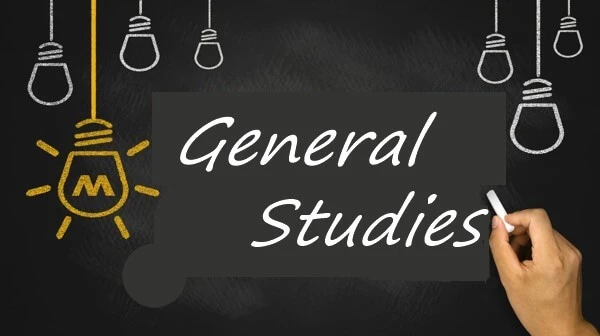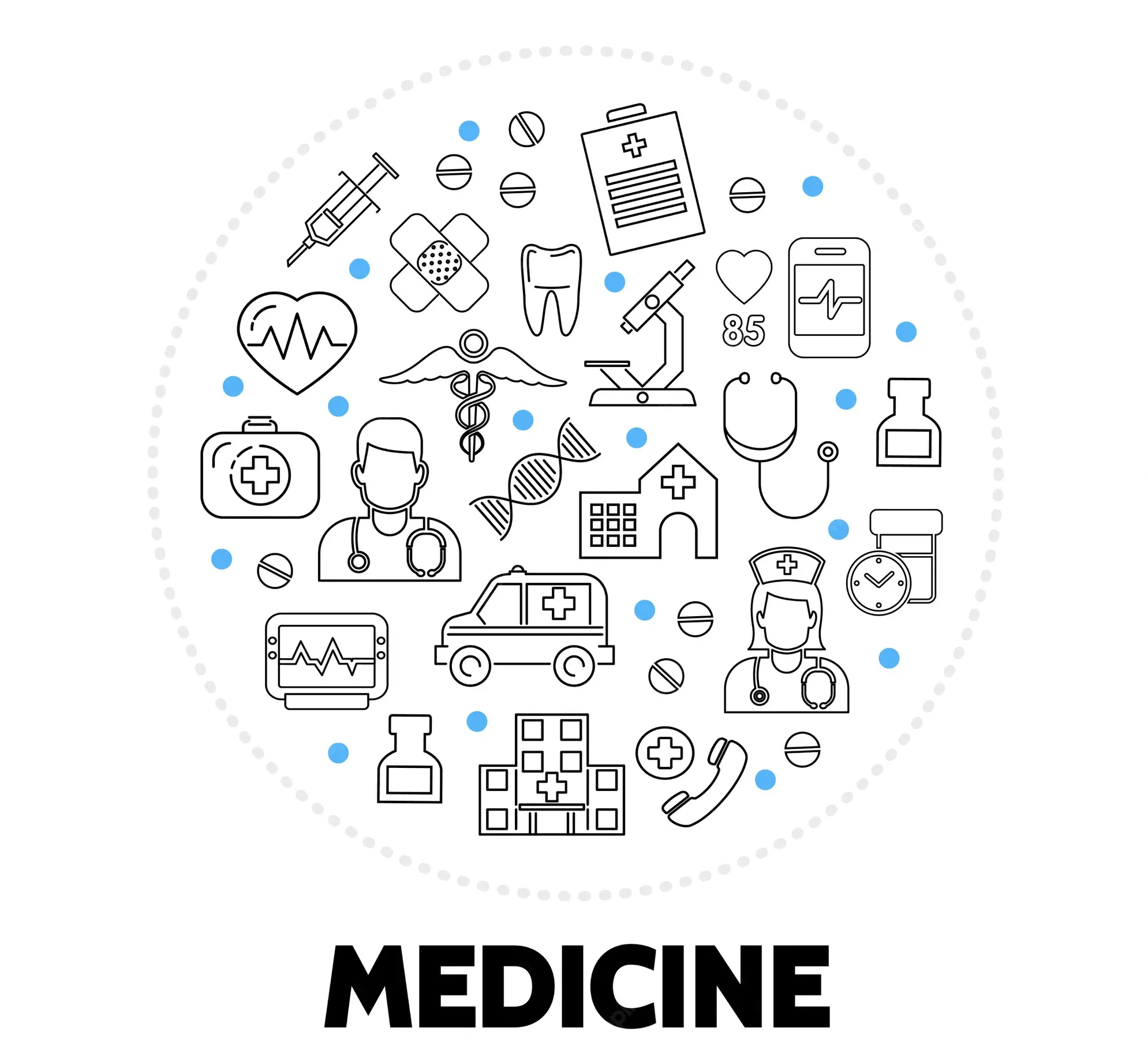Orbit Books
Valence Bond Theory & Hybridization
Author: CHM132
School: University of Ilorin
Department: Science and Technology
Course Code: CHM132
Topics: Valence Bond Theory, VSEPR Theory, Hybrid Orbital Formation, Orbital Hybridization, Energies of Hybridization, cis-Isomers, trans-Isomers
Anatomy and physiology of the eye
Author: TS Oluleye
School: University of Ilorin
Department: Medical, Pharmaceutical and Health science
Course Code: OPHTHALMOLOGY
Topics: Bony orbit, orbit walls, external eye, lid eversion, extraocular muscles, ocular blood supply, nerve supply, facial nerve, eyelid anatomy, cornea, uvea, aqueous drainage, lens anatomy, vitreous, retina, visual pathway, blink reflex pathway, tear production, tear drainage, aqueous dynamics, pupillary reflex, lens metabolism, accomodatio, presbyopia, corneal transparency, ptosis, entropion, corneal opacity, normal lens, cataract, normal disc, glaucoma
ENT, Head Neck Emergencies a Logan Turner companion
Author: Musheer Hussain, Paul white, Patrick spielmann, Mary-Louise Montague
School: University of Nigeria, Nsukka
Department: Medical, Pharmaceutical and Health science
Course Code: OTORHINOLARYNGOLOGY, SUG505, S2, S3
Topics: Epistaxis, Acute severe rhinological infection, Acute CSF rhinorrhoea, nasal trauma, orbital injury, expanding orbital haematoma, infective sinusitis, Nasal foreign bodies, rhinoliths, Head and neck infections, Neck trauma, airway assessment, airway management, Food bolus, foreign body obstruction, upper aerodigestive tract, POST-TONSILLECTOMY HAEMORRHAGE, Acute otitis externa, Skull base osteomyelitis, otitis media, vertigo, ear trauma, hearing loss, facial palsy, Intracranial emergencies, sinusitis, tonsillitis, Paediatric deep neck space infections, Acute airway conditions, Foreign bodies, Paediatric post-tonsillectomy, post-adenoidectomy haemorrhage, Paediatric epistaxis, ENT Trauma
Foundation chemistry Access chemistry
Author: AO Oyewale, FM Folarinmi
School: National Open University of Nigeria
Department: Science and Technology
Course Code: CHM001
Topics: elements, compounds, atomic theory, chemical reaction, atom constituents, chemical symbols, chemical formulae, chemical reactions, chemical equations, electronic configuration, atomic number, mass numbers, nuclear atom, electronic, energy levels, Ion formations, nuclear reactions, radioactivity, nuclear radiations, nuclear fusion, nuclear fission, radioactivity hazards, chemical bonding, electrovalent bonding, Ionic bonding, electrovalent compounds, covalent bonding, covalent compounds, coordinate covalent bonding, dative covalent bonding, metallic bonding, intermolecular bonding, Van der Waal's forces, dipole-dipole attractions, hydrogen bonding, periodic table, periodic law, transition elements, atomic orbital model, principal quantum number, subsidiary quantum number, azimuthal quantum number, magnetic quantum number, spin quantum number, atomic orbital shape, atomic size, ionic radius, ionization energy, electron affinity, electronegativity, mole concept, melting, vaporization, boiling point, evaporation sublimation, heating graphs, cooling graphs, Boyle's law, Charles's law, Avogadro's law, boiling, solid classification, solid properties, molecular solid, metallic solid, Ionic solid, covalent solid, energy changes, heat content, heat of reaction, exothermic reactions, energy level diagrams, standard state, thermochemical equations, entropy, entropy change, free energy, chemical kinetic, rate of a chemical reaction, temperature, gas pressure, catalyst, activation, reaction rate, collision theory, Le Chatelier's principle, Haber process, contact process, salt hydrolysis, buffer solutions, common Ion effect, solubility product, Acid bases, salt, electrolysis, redox reactions, electrolytic conduction, oxidation, reduction, copper purification, electroplating, quantitative hydrolysis, metal corrosion, iron rusting, carbon, carbon allotropes, Diamond graphite, amorphous carbon, combustion reactions, industrial gas chemistry, metals, alloys, chemical industry, heavy chemicals, fine chemicals, fertilizers, plastics, soaps, detergents, pharmaceuticals, Nigerian chemical industry, aromatic compounds, Alicyclic compound, heterocyclic compound, homologous series, functional groups, isomerism, structural isomerism, geometric isomerism, IUPAC Nomenclature of organic compounds, purification methods, distillation, crystallization, chromatography, empirical formula, molecular formular, alkanes, natural gas, petroleum crude oil, benzene, fractional distillation petrol quality, cracking, isomerization, petrochemicals, alkanols, alkanoic acid, alkenoate, fat, oils, amino acid, polymer chemistry, polymerization processes, condensation polymerization, resins, natural polymers, carbohydrates, proteins, synthetic polymers, water pollution
Author: Robert thornton morrison, Robert Neilson Boyd
School: University of Ibadan
Department: Science and Technology
Course Code: CHE276
Topics: Organic Chemistry, chemical bond, quantum mechanics, atomic orbitals, electronic configuration, Pauli exclusion principle, molecular orbitals, covalent bond, hybrid orbitals, intramolecular forces, bond dissociation energy, homolysis, heterolysis, bonds polarity, melting point, intermolecular force, boiling point, solubility, acids, bases, isomerism, activation energy, hydrocarbons, methane structure, oxidation, heat of combustion, chlorination control, relative reactivity, reaction mechanisms, chlorination, free radicals, chain reactions inhibitors, transition state, molecular formula, chlorofluorocarbons, qualitative elemental analysis, quantitative elemental analysis, Alkene, free-radical substitution, ethane structure, Higher alkanes, alkyl groups, industrial source, Grignard reagent, halogenation, free radical stability, combustion, greenhouse effect, pyrolysis, cracking, alkane analysis, stereochemistry, stereoisomers, isomer number, tetrahedral carbon, optical activity, plane-polarized light, polarimeter, specific rotation, enantiomerism, chirality, chiral center, enantiomers, racemic modification, Diastereomers, meso structures, conformational isomers, optical purity, Alkyl halides, Nucleophilic aliphatic substitution, homolytic chemistry, heterolytic chemistry, Carbocations, Carbocations structure, alkyl halides analysis, alcohols, ethers, alcohol nomenclature, carbohydrates fermentation, Ethanol, alcohol preparation, alcohol reaction, alcohol oxidation, ethers preparation, Secondary Bonding, carbon-carbon double bond, Unsaturated hydrocarbon, ethylene structure, Propylene, Hybridization, orbital size, butylene, Geometric isomerism, alcohol dehydration, alkene reaction, hydrogen bromide addition, Hydrogenation, Electrophilic addition, Oxymercuration-demercuration, Hydroboration-oxidation, Alkene Free-radical polymerization, allylic Nucleophilic substitution, dienes, isoprene, isoprene rule, acetylene, Cyclic Aliphatic Compounds, cyclic compound stereoisomerism, cyclic ether, crown ethers, aromaticity, Benzene, aliphatic compounds, aromatic compounds, benzene structure, Kekule structure, Benzene ring, aromatic character, polynuclear aromatic hydrocarbons, Naphthalene, Quantitative elemental analysis, Electrophilic Aromatic Substitution, Friedel-Crafts alkylation mechanism, naphthalene electrophilic substitution, Aromatic-Aliphatic Compounds, Arenes, Spectroscopy, mass spectrum, electromagnetic spectrum, nuclear magnetic resonance spectrum, coupling consonants, chemical shift, aldehydes, ketones, Cannizaro reaction, Grignard reagents addition, Tetrahydropyranyl ethers, Iodoform test, Carboxylic Acids, Grignard synthesis, Dicarboxylic acids, acid chlorides, acid anhydrides, amides, esters, Transesterification, Aldol condensation, Wittig reaction, Crossed Claisen condensation, halides, ammonolysis, amide Hofmann degradation, Heterocyclic amines
Author: Ophthalmology
School: University of Ilorin
Department: Medical, Pharmaceutical and Health science
Course Code: OPHTHALMOLOGY
Topics: Orbit, Orbital Bones, ORBITAL WALLS, VISUAL PATHWAY, EXTRAOCULAR MUSCLES.OCULAR BLOOD SUPPLY, ophthalmic artery, FACIAL NERVE, LACRIMAL APPARATUS, PUPILLARY REFLEX, BLINK REFLEX PATHWAY
Author: CHM BSUM
School: Benue State University, Makurdi
Department: Science and Technology
Course Code: CHM101
Topics: Hybridization, Valence shell electron pair repulsion theory, VSEPR theory, Valence bond theory, molecular orbital theory, atomic orbitals combination
Chemical Principles (Part 1), 6th edition
Author: Peter Atkins, Loretta Jones, Leroy Laverman
School: Edo University
Department: Science and Technology
Course Code: CHM111
Topics: atoms, radiation, atomic spectra, quantum theory, uncertainty principle, atomic orbitals, electron spin, hydrogen atom, chemical bonds, ionic bonds, covalent bonds, VSEPR model, valence-bond theory, molecular orbital theory, Gas laws, gas density, molecular motion, real gases, liquid, solids, intermolecular forces, liquid structure, solid structure, liquid crystals, inorganic materials, metallic materials, hard materials, nanomaterials, thermodynamics, enthalpy, heating curves, Born-Haber cycle, bond enthalpies, entropy, Gibbs free energy, physical equilibria, solubility, colligative properties, binary liquid mixtures
Periodic properties of the atoms of an element
Author: CHM112 FUTMINNA
School: Federal University of Technology, Minna
Department: Science and Technology
Course Code: CHM112
Topics: electronic configuration, atomic orbitals, orbital diagram, Aufbau principle, Hund's rule, shielding effect, effective nuclear charge, diamagnetism, paramagnetism, Bohr's theory, Bohr model, correspondence principle, De broglie wavelength, De broglie equations, uncertainty principle, hydrogen atom, Schrodinger equation, classical praticles, quantum particles, Quantum numbers, Azimuthal Quantum Number, principal Quantum Number, Spin Projection Quantum Number, Pauli Exclusion Principle, Exclusion Principle, Physical Phenomena, covalent bonds, covalent compounds, Ionic Compounds, Hybridization, Pi bond formation, Pi bond, ethylene bonding
Author: CHE UI
School: University of Ibadan
Department: Science and Technology
Course Code: CHE126
Topics: atomic shells, orbital shapes, sub orbitals, spin quantum number, atom electronic configuration, Alkali metals, Alkaline earth metals, carbon group, catenation, metallic character, electronegativity, hybridization, inorganic stereochemistry, metal elements, Down's process
Departments

Administration, Social and Management science

Agriculture and Veterinary Medicine

Arts and Humanities

Education

Engineering

General studies

Law

Medical, Pharmaceutical and Health science

Science and Technology